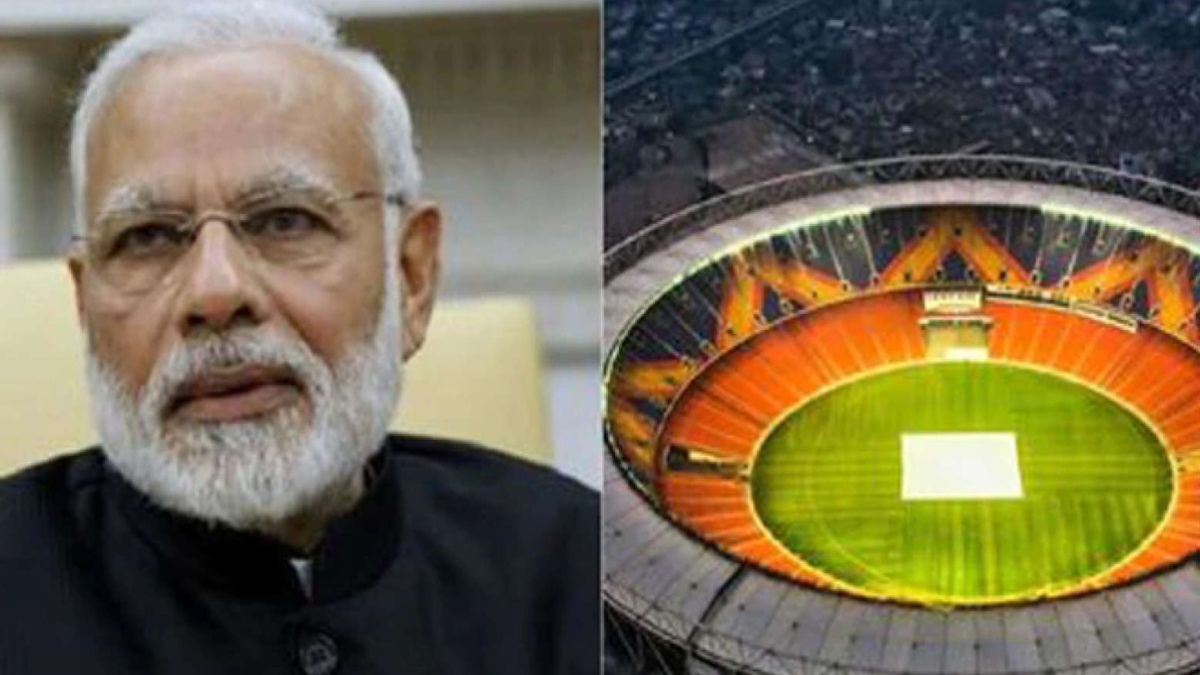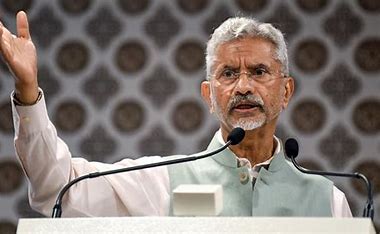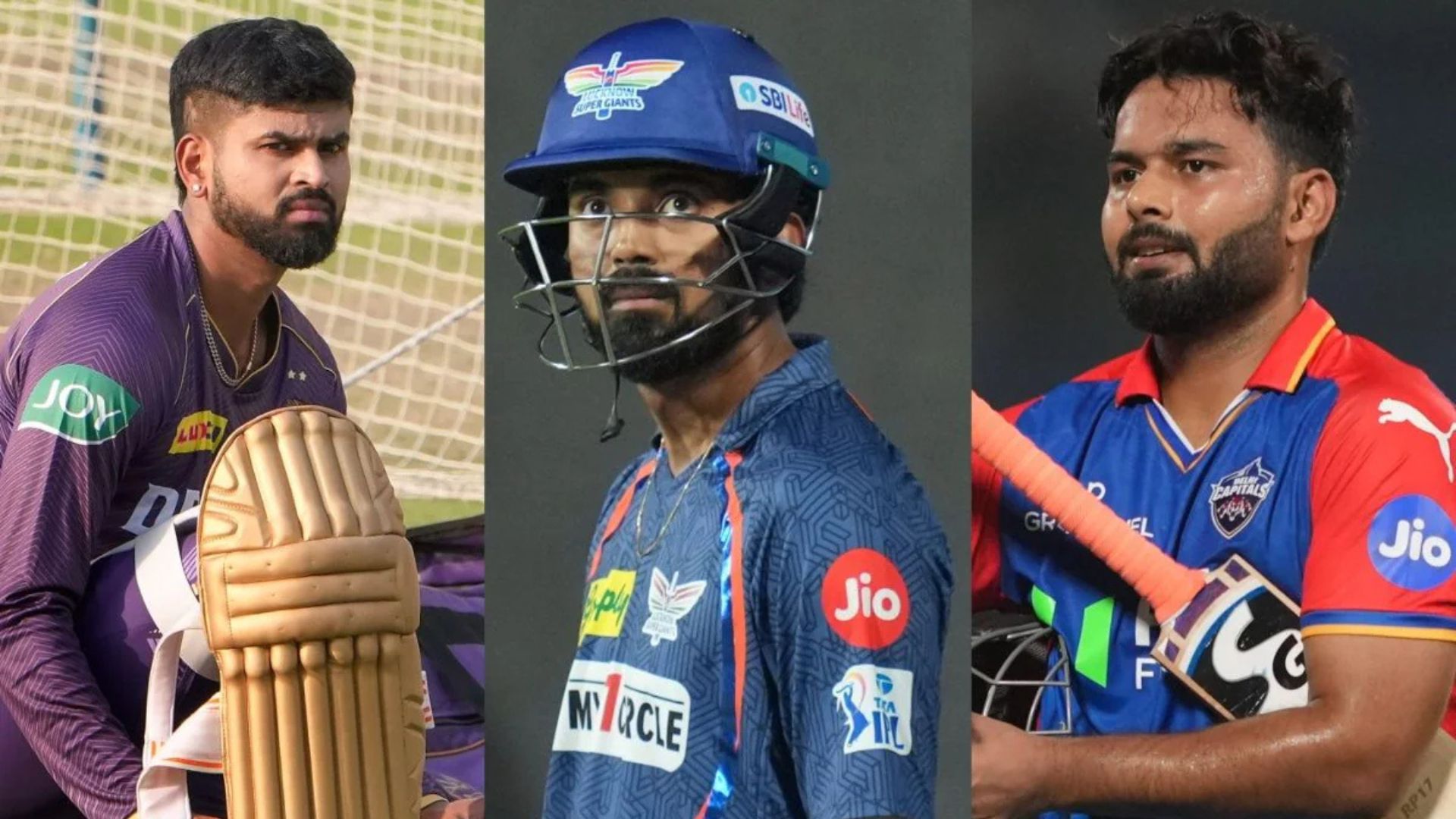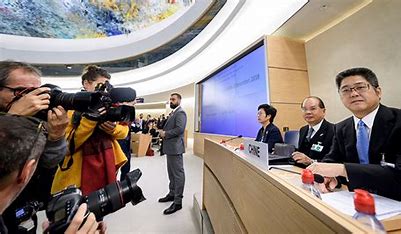
With the renaming of a cricket stadium (of course it had to be the world’s largest) after Prime Minister Narendra Modi, the BJP has completed its final step towards its ‘Congressisation’. Of course, various BJP spokespersons are arguing that the Congress has no right to criticise considering the number of buildings, schemes, airports and chowks that have been named after the Nehru-Gandhi family. And it is right when it makes that point but now has lost the moral right to lecture the Congress. The fact that the said stadium has an Ambani-end and an Adani-end of course gives a delicious twist to the Opposition, which has for long been claiming that the BJP is a party of “Hum Do, Hamare Do” (run by PM Modi and Union Home Minister Amit Shah for the benefit of Adani and Ambani). Rahul Gandhi was the first to tweet this.
It’s not just the naming and renaming game. There is much more to it. With PM Modi we are also seeing the centralisation of power in the BJP, of the same kind that exists (or is it existed?) in the Congress. The culture of High Command is not new to the Congress but certainly new to the BJP. Even during Atal Bihari Vajpayee’s prime ministership there were comparisons to Jawaharlal Nehru but they were related to the kind of secular brand of Hindutva he espoused than anything else. In fact, the Vajpayee-Advani era saw its fair share of revolts from state leaders, the most famous being when Uma Bharti stormed out of a party meeting in full camera glare. Today no one would have the nerve to contradict the Modi-Shah duo, let alone plot a revolt.
In fact, we see the opposite happening in the Congress where a group of 23 leaders got together and wrote a letter to the party high command complaining about the lack of leadership. This would never have happened to a Congress led by Indira Gandhi or even Sonia Gandhi in her earlier stint as Party President (recall what happened when Pawar & Co raised the banner of revolt). But sadly, today, it’s a very different Congress; and it’s also a very different BJP.















